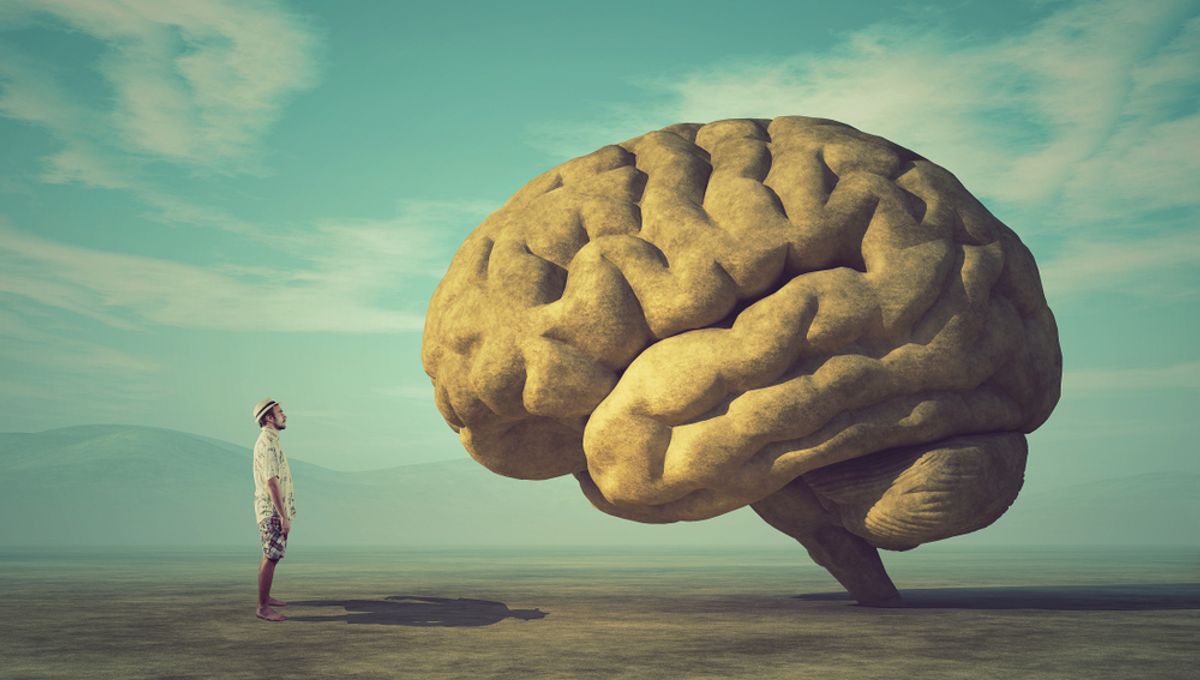
The size of the human brain has roughly tripled over the past four million years of hominid evolution, yet the factors driving this encephalic expansion are not fully understood. Attempting to solve this conundrum, a very brainy biologist has devised a computer model that recreates the development of our cognitive contraption, revealing that the human cerebrum may owe its size to our pattern of sexual maturation.
Presenting the model’s findings in an as yet un-peer reviewed study, Mauricio González-Forero from the University of St Andrews says that existing explanations for the human brain boom fail to accurately account for the precise size of our heady hardware. For instance, while it is often posited that an evolutionary arms race pushes species towards higher cognitive capacities and therefore bigger brains, González-Forero states that “the arms races fail to yield evolutionarily stable human-sized brains and bodies given their metabolic costs.”
In other words, growing a brain comes at a price and restricts the amount of energy available for the development of other tissue types. Under the arms race scenario, therefore, it would have been impossible for our species to develop such a large brain while also enjoying such magnificent bodies.
To overcome this stumbling block, González-Forero has created a computer model that integrates evolutionary and developmental dynamics in order to determine the metabolic costs associated with the growth of different tissue types. Using this so-called “evo-devo dynamics framework”, the author demonstrates that the brain and body size of seven different hominid species can be accurately reconstructed.
Beginning with Australopithecus afarensis – the species to which the famous Lucy belongs – and continuing all the way through to Homo sapiens, González-Forero reveals that brain size is always dependent upon the age of sexual maturation. More specifically, as the age of sexual development increases, so too does the size of the brain.
Taking modern humans as an example, the author shows that the relatively late onset of ovarian follicles in females allows for an enormous expansion in brain size during childhood. As a result, the adult human brain is six times larger than would typically be expected for an organism of our body size.
“This evo-devo dynamics approach enables deeper analysis showing that hominin brain expansion occurs in the model because of direct selection on follicle count rather than on brain size,” writes the researcher. Put another way, González-Forero’s model demonstrates that our whopping brains are not the product of an evolutionary arms race to become smarter, but are a side-product of our delayed sexual development.
The study is currently available as a preprint on BioRxiv.
Source Link: We May Finally Know Why Humans Have Such Big Brains